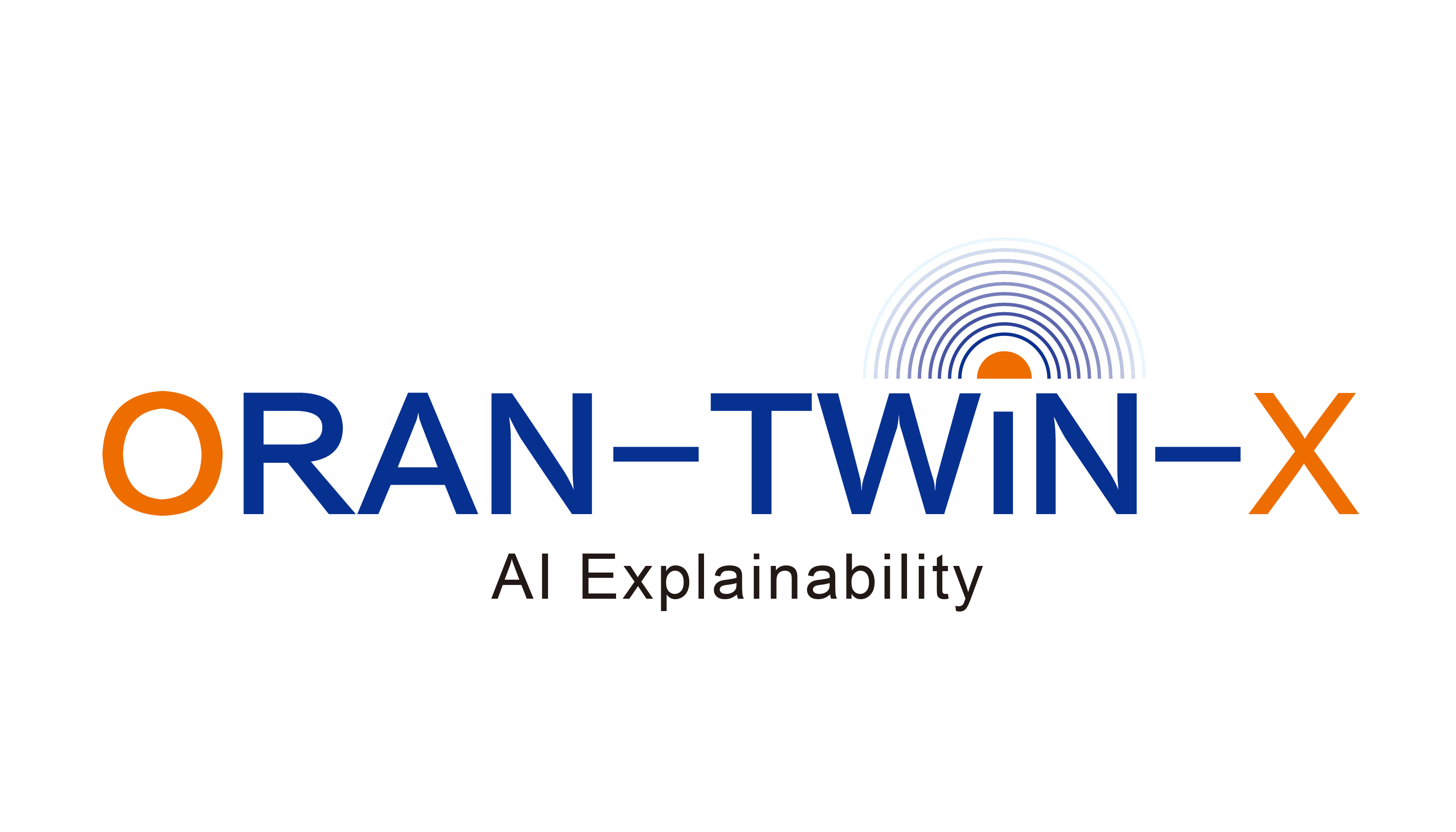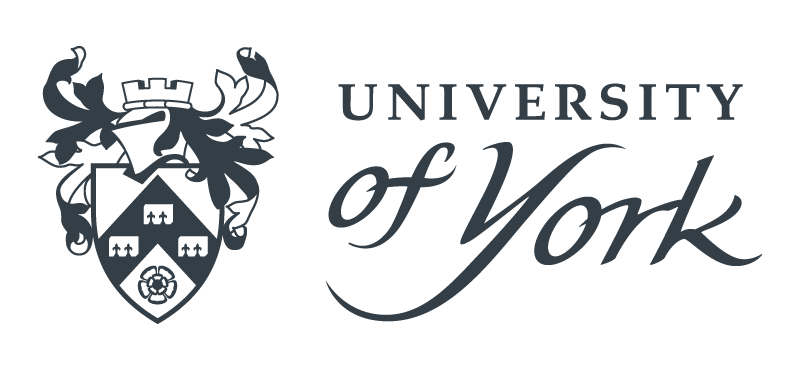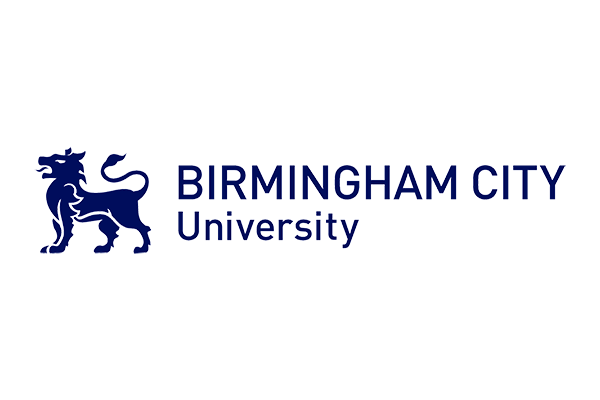What is ORAN Digital Twin?
An ORAN Digital Twin is a virtual replica of the physical components in an Open Radio Access Network (O-RAN), including the Radio Unit (RU), Central Unit (CU), and Distributed Unit (DU). This advanced digital model allows for testing and optimizing network configurations in a controlled virtual environment, assessing the impact of various parameters. It helps to detect and diagnose potential issues, improving network reliability and efficiency. Additionally, resource allocation strategies can be dynamically adjusted to enhance overall network performance. This innovative solution ensures efficient and reliable next-generation wireless communication.
ORAN-TWIN and ORAN-TWIN-X Challenges
The Digital Twin (DT) facilitates real-time data acquisition and transmission, ensuring accurate and reliable insights while adapting to dynamic environments, optimizing network performance, and prioritizing robust security measures. However, there are some challenges as follows:
• Real-Time Synchronization:
Digital twin requires a high real-time synchronization accuracy to reflect real-time status. Since resource allocation and real-time performance will be analysed based on the digital twin, and shift from the physical twin could lead to decreased performance.
• Data Integrity and Accuracy:
The data could suffer from transmission noise, feature loss and malicious attack during collection. High-quality, error-free data is essential to prevent deviations. Data aggregation from multiple sources is standardized for consistency and accuracy. To make sure digital twins can be trained with complete and sufficient data, specified data augmentation and aggregation methods must be proposed.
• Dynamic Environment Adaptation:
The realistic environment could be complex and dynamic. Therefore, machine learning for digital twins must be adaptable to multiple environments. Conventional supervised learning approaches could lead digital twins to be overfitting to one certain data distribution, and hence be vulnerable to dynamic environments.
• Dynamic Resource Allocation:
In the physical twin, there are multiple E2 nodes to be optimized simultaneously. Reinforcement learning could be a great tool for continuous interaction with the environment. However, for multiple E2 nodes, the policy distribution of reinforcement learning needs to be formulated in a multi-agent manner.
• New Security Issues:
There are two new issues raised from the implementation of digital twin onto ORAN. First is data poisoning, since malicious attackers could transmit fake datasets to digital twins and affect the trained model. Second is model poisoning, where the attackers directly modify the model weights during the update process. Therefore, a machine learning algorithm which is invulnerable to these attacks needs to be proposed.
• Explainability Issues:
We leverage deep reinforcement learning (DRL) to develop energy-aware xApp policies for tasks such as power control and resource block allocation. DRL offers the ability to learn complex policies under dynamic conditions, but its black-box nature significantly hinders interpretability, trust, and operational deployment.
Work Packages and Tasks
WP1 (Led by Birmingham City University): Data analysis and augmentation
• Task 1.1:
Create a training time data augmentation method to generate synthetic data tailored to O-RAN networks.
• Task 1.2:
Validate data augmentation techniques through empirical evaluation.
• Task 1.3:
Identify security requirements and threat models for ML-based xApps in Near RT O-RAN networks.
WP2 (Led by University of Leeds): Resource allocation
• Task 2.1:
Develop optimization algorithms for dynamic resource allocation in O-RAN environments, leveraging real-time workload and performance metrics of xApps.
• Task 2.2:
Implement resource monitoring and management functionalities within DT environments.
• Task 2.3:
Evaluate the performance and efficiency of allocation strategies through simulation and experimentation.
WP3 (Led by University of York): Testbed, simulation and demonstration
• Task 3.1:
Design simulation scenarios replicating real-world O-RAN network conditions and user interactions.
• Task 3.2:
Develop demonstration scenarios and evaluate ML-based resource allocation xApp for various subscribed xApps in ORAN TWIN environments.
WP-X (Led by University of Surrey): Explainable Digital Twin for Energy-Aware and Trustworthy O-RAN Control
• Task X.1:
A key methodological focus is the use of decision trees not only as surrogate models to distil DRL-based xApp policies, but also as analytical tools to assess decision explicability through entropy-based measures. This WP will investigate how tree-based splits correlate with network state structure and action confidence, enabling quantifiable explainability in O-RAN control.
• Task X.2:
Develop a lightweight tool that generates human-readable justifications for model outputs and assesses decision reliability under varying network conditions. This effort is inspired by recent advances in functional-output hierarchy modelling and will be adapted specifically to the O-RAN digital twin setting.





